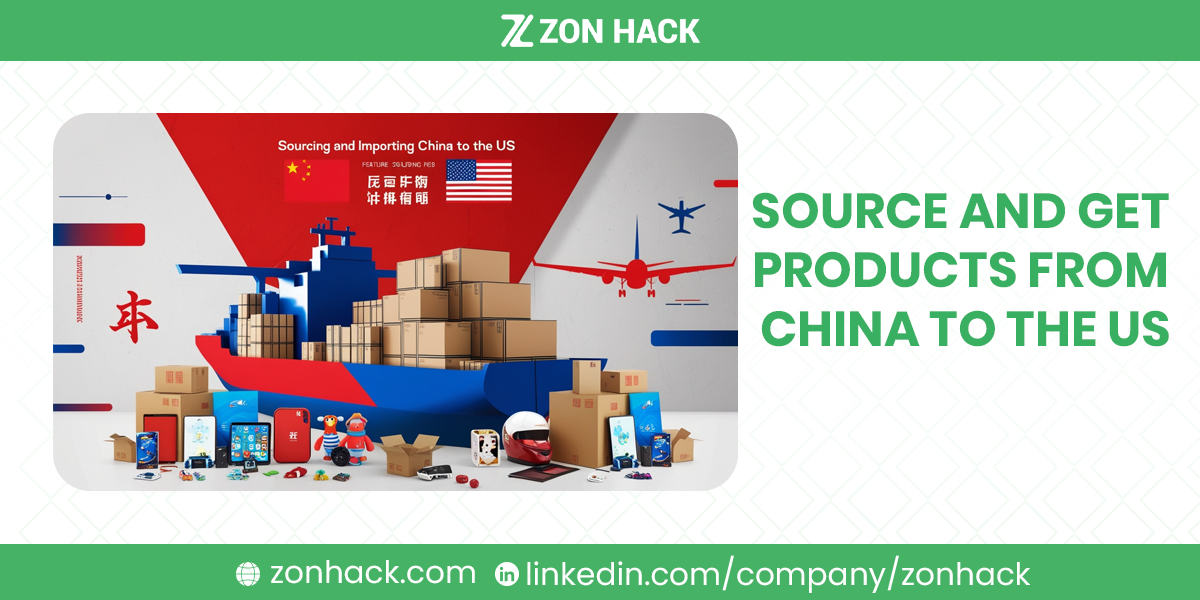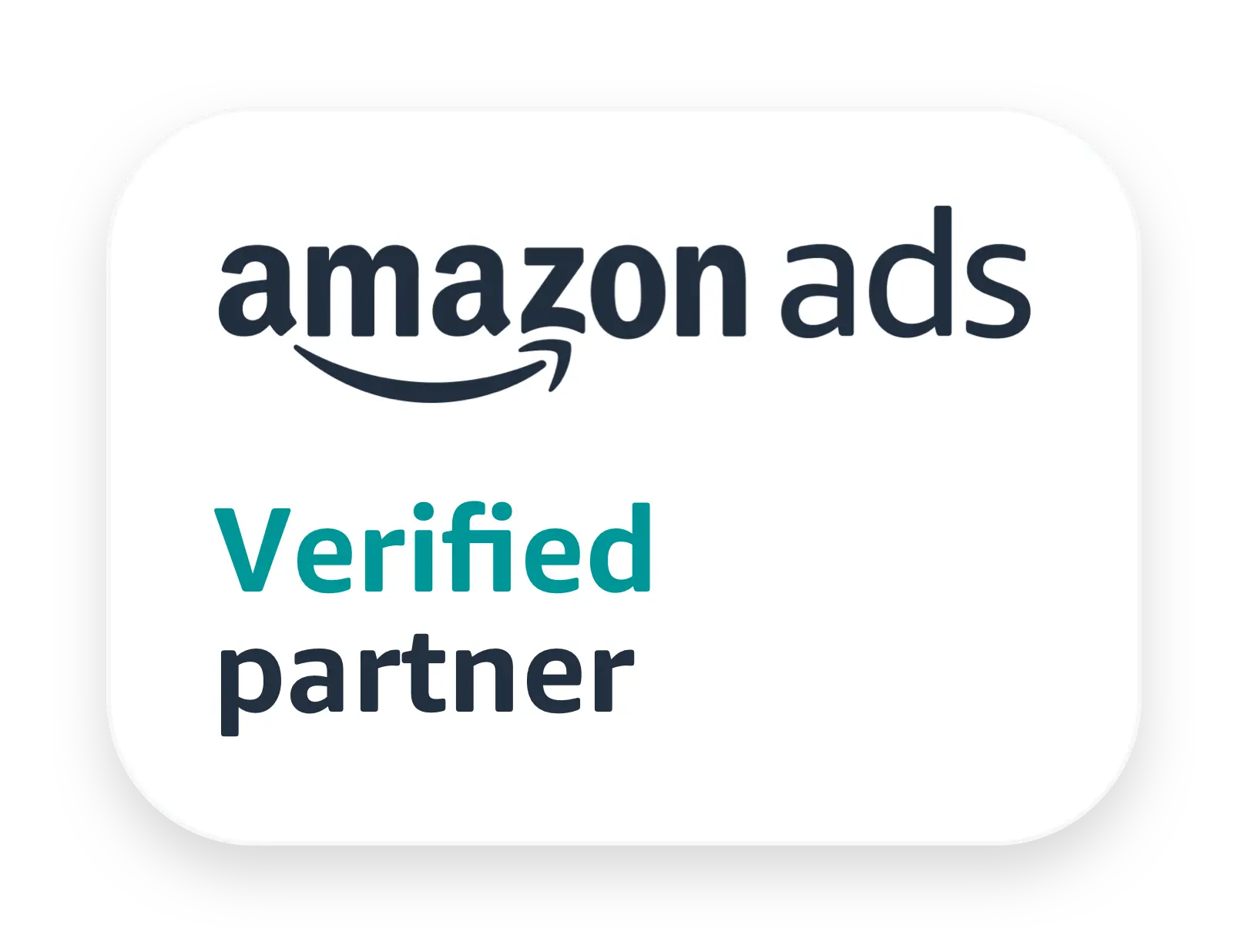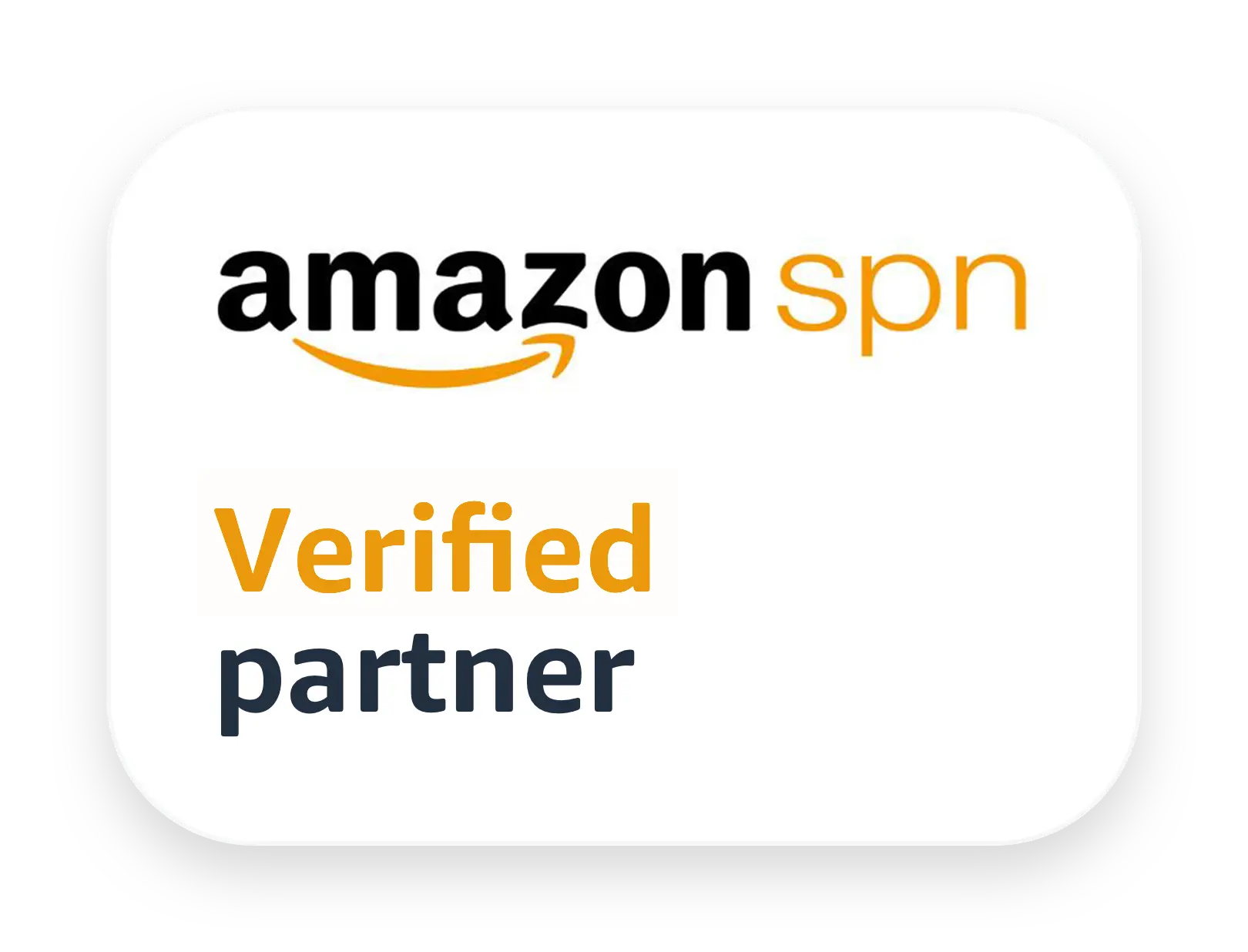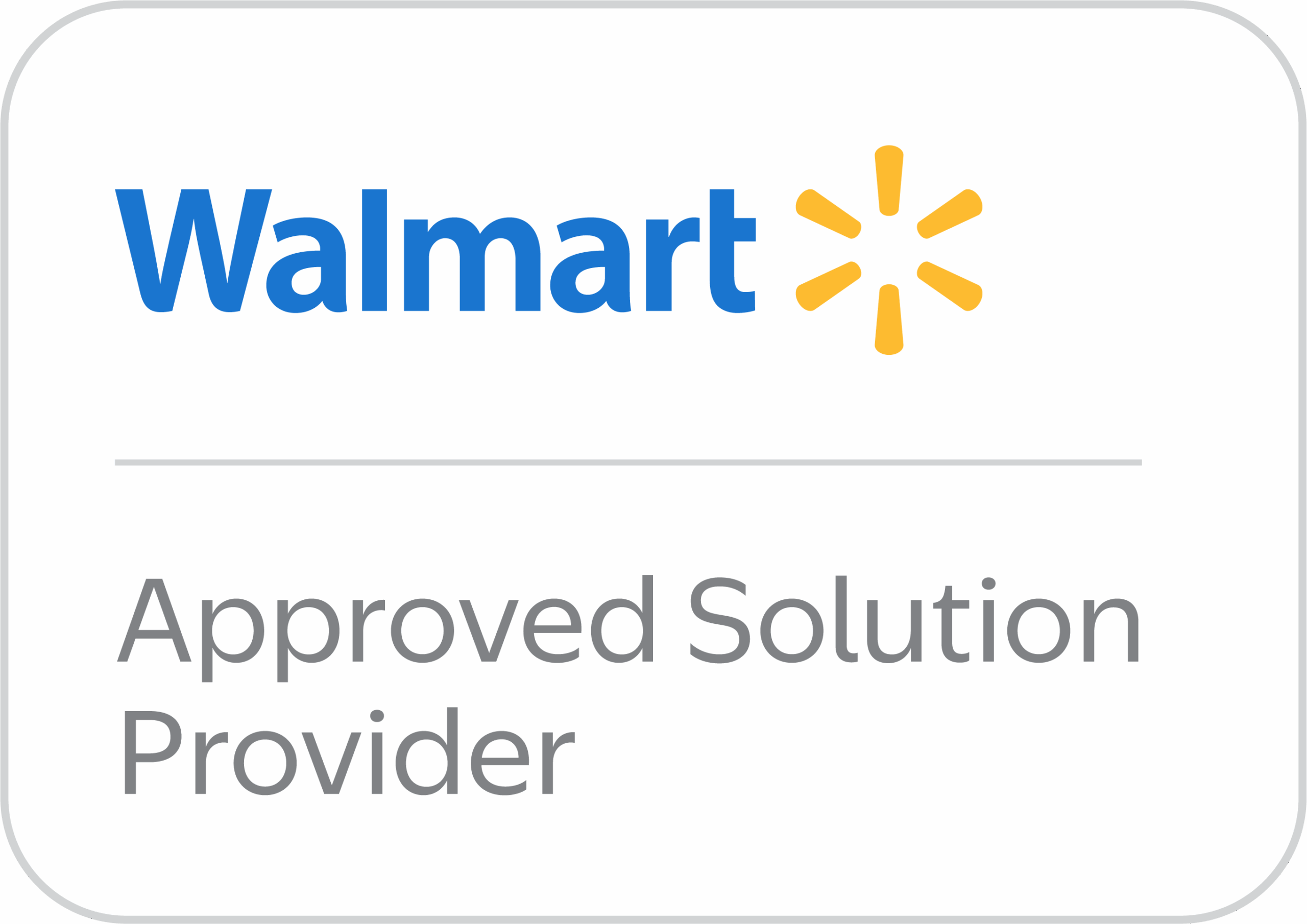Importing products from China to the United States is a lucrative opportunity, with China accounting for over $500 billion in US imports annually. From affordable pricing to a vast product variety, the advantages are evident, but navigating this process requires strategy, diligence, and an understanding of the steps involved. Whether you’re a small business owner or a large-scale distributor, this guide offers a roadmap to successfully source products from China, ensuring both quality and compliance.
Step 1: Finding Reliable Suppliers in China
Finding the right supplier is the backbone of a successful sourcing strategy. You’ll need to identify a partner who can deliver quality products consistently and at a competitive price.
1. Online B2B Platforms
Platforms like Alibaba, Global Sources, and Made-in-China have revolutionized global trade by connecting buyers and suppliers. For instance, Alibaba offers robust filtering tools, allowing you to search by product category, supplier type, and customer reviews. While these platforms are convenient, it’s important to vet suppliers carefully, as quality and reliability can vary.
For those seeking wholesale deals in smaller quantities, websites like AliExpress and DHgate are great options, while 1688.com caters primarily to Chinese domestic buyers but offers even lower prices with the help of sourcing agents.
2. Trade Shows
Attending events like the Canton Fair or Global Sources Summit in China allows you to interact with suppliers face-to-face. These fairs showcase thousands of manufacturers, offering the chance to inspect product samples, negotiate directly, and establish personal relationships.
3. Sourcing Agents
For businesses new to importing or with limited time, sourcing agents can be invaluable. These professionals handle everything from supplier selection to quality control and logistics. For example, agents like Leeline Sourcing or Easy Imex specialize in bridging the gap between Western buyers and Chinese suppliers.
4. Competitor Analysis
Analyzing your competitors’ supply chain can offer valuable insights. Tools like Panjiva and Import Genius allow you to track shipping records, helping you identify suppliers that are already trusted within your industry.
Step 2: Vetting and Evaluating Potential Suppliers
Choosing a supplier is about more than just price. Reliability, quality, and communication are equally critical to ensure your investment pays off.
1. Supplier Verification
Before entering into any agreements, verify the legitimacy of your supplier. Ask for their business license and any relevant certifications. Factory audits, either conducted in person or through third-party services, are another essential step to ensure the supplier can meet your production needs.
2. Communication and Responsiveness
Suppliers who respond promptly and understand your requirements are more likely to deliver quality results. Test their responsiveness by asking detailed questions about product specifications, lead times, and pricing.
3. Minimum Order Quantities (MOQs)
MOQs can vary widely depending on the supplier and product type. For example, a supplier of custom electronics may require an MOQ of 1,000 units, while a textile manufacturer might accept smaller orders of 200 pieces. Negotiate MOQs if necessary, especially for first-time orders.
4. Production Capacity and Lead Times
Ask suppliers about their production capacity and lead times to ensure they can handle your order size within your timeline. If your order exceeds their capacity, delays or quality issues may arise.
5. Quality Standards and Certifications
Request product samples to assess quality before placing a large order. For industries like electronics or toys, ensure the supplier adheres to international certifications like ISO 9001 or compliance with US standards like FCC or CPSC regulations.
Step 3: Negotiating and Placing an Order
Once you’ve identified a reliable supplier, negotiating favorable terms is the next step. Strong negotiation not only reduces costs but also ensures clarity in expectations.
1. Pricing and Terms
Familiarize yourself with common pricing terms. For example:
- FOB (Free on Board): The supplier covers transportation costs to the shipping port.
- CIF (Cost, Insurance, and Freight): The supplier also covers freight and insurance to your port.
- DDP (Delivered Duty Paid): The supplier handles all shipping and customs costs, offering the least hassle for the buyer.
Understand the implications of these terms to avoid unexpected costs. Comparing quotes from multiple suppliers will also strengthen your position during negotiations.
2. Payment Methods
Secure payment methods like Alibaba Trade Assurance or escrow services minimize risks. If the order value is large, consider a letter of credit, which ensures payment is only made after specific conditions are met.
3. Contracts and Agreements
A comprehensive written contract is crucial. Outline every detail, including product specifications, payment terms, delivery timelines, and penalties for non-compliance. Clearly state who owns intellectual property rights for custom products to avoid disputes later.
Step 4: Managing Production and Quality Control
Even the most reliable supplier needs oversight to maintain quality standards. Regular communication and quality control measures are essential.
1. Monitoring Production
Stay in touch with your supplier throughout the production process. Request updates, photos, or videos to track progress. For high-value orders, consider hiring a third-party inspector to visit the factory.
2. Quality Control Inspections
Quality inspections should occur at various stages, from pre-production to final output. Companies like Asia Inspection or SGS offer professional inspection services, ensuring your products meet agreed-upon standards.
3. Addressing Quality Issues
If defects arise, document them thoroughly and communicate them to the supplier. Negotiate solutions, whether it’s a partial refund, replacement, or rework. Maintaining professionalism and clear communication can help resolve disputes efficiently.
Step 5: Navigating Shipping and Logistics
Shipping your products from China to the US is a complex process that involves multiple decisions regarding modes of transport, freight forwarders, and cost management. Proper logistics planning ensures your goods arrive on time and within budget.
1. Choosing the Right Mode of Transport
The choice between air freight and sea freight depends on your product type, budget, and urgency.
- Air Freight is faster but significantly more expensive. It’s ideal for small, high-value items like electronics or urgent shipments. For instance, shipping 100 kg by air from Shenzhen to Los Angeles could cost around $5-$7 per kilogram, with delivery in 5-7 days.
- Sea Freight is more economical for large or heavy shipments. A standard 20-foot container can transport up to 28,000 kilograms of goods for approximately $1,500-$3,000, depending on the route and season, but delivery can take 20-40 days.
2. Hiring a Freight Forwarder
Freight forwarders simplify the shipping process by managing everything from documentation to customs clearance. Companies like Flexport, Kuehne + Nagel, or Freightos provide end-to-end logistics solutions tailored to businesses of all sizes. When selecting a forwarder, inquire about their expertise with US imports and their network of carriers to ensure reliable service.
3. Packaging for International Shipping
Goods shipped internationally are subject to rough handling and environmental factors like humidity. Ensure your supplier uses robust packaging materials such as reinforced cardboard boxes, plastic wraps, and desiccants. Proper labeling with product details, weight, and destination is also critical to avoid delays at customs.
Step 6: Clearing Customs in the United States
Clearing customs is a pivotal stage in the import process, and non-compliance can result in hefty fines or delays.
1. Understanding Import Regulations
The US Customs and Border Protection (CBP) enforces strict regulations on imported goods. Familiarize yourself with:
- Harmonized Tariff Schedule (HTS) Codes to determine the applicable duties and taxes for your product.
- Restricted and Prohibited Items, such as counterfeit goods or products that don’t meet US safety standards (e.g., lead content in children’s toys).
2. Required Documentation
Prepare the following documents for smooth customs clearance:
- Commercial Invoice: Details the transaction, including product description, quantity, and value.
- Bill of Lading (BOL): Proof of shipment, issued by the carrier.
- Packing List: Lists the contents of each shipment box.
- Customs Bond: Required for imports valued over $2,500 to guarantee compliance with US laws.
3. Paying Duties and Taxes
Most imported goods incur a duty rate ranging from 0% to 37.5%, depending on the product. For example:
- Electronics: Typically 0% duty.
- Clothing: Ranges from 10%-15%.
Use the Customs Duty Calculator provided by CBP to estimate costs.
4. Customs Brokers
Customs brokers can streamline the clearance process by managing paperwork and ensuring compliance. Reputable brokers like Flexport or CH Robinson charge fees starting at $100-$200 per shipment, depending on complexity.
Simplifying Product Sourcing for Growth and Efficiency
At ZonHack, we revolutionize product sourcing to empower businesses of all sizes. By leveraging our extensive network of trusted suppliers and manufacturers across diverse industries, we offer end-to-end sourcing solutions tailored to your needs.
Our Core Sourcing Services
ZonHack’s comprehensive sourcing solutions are designed to cater to the unique requirements of your business. Each service is built on pillars of transparency, quality, and efficiency, ensuring you can focus on scaling while we handle the complexities of sourcing.
1. Hands-Free Sourcing
Managing product sourcing can be complex and time-consuming. ZonHack’s Hands-Free Sourcing service provides a fully managed solution, covering every step—from supplier research to delivery.
- End-to-End Management: We handle supplier vetting, price negotiation, and quality control, ensuring seamless delivery of top-quality products.
- Focus on Growth: With sourcing off your plate, you can dedicate time and resources to core business activities.
- Custom Solutions: Every sourcing solution is curated to meet your specific needs, ensuring maximum value without the day-to-day hassle.
2. Transparent Sourcing
Transparency is at the heart of ZonHack’s sourcing approach. We ensure you have complete visibility into every aspect of the process, empowering you to make informed decisions.
- Clear Communication: Stay updated with real-time insights into timelines, costs, and progress.
- No Hidden Fees: Our transparent pricing structure ensures you’ll never face unexpected costs.
- Data-Driven Insights: Make confident decisions with supplier performance reports, pricing trends, and operational updates.
3. Product Development & Sourcing
Bring your ideas to life with ZonHack’s Product Development & Sourcing service. From concept refinement to market-ready products, we guide you every step of the way.
- Concept to Creation: Collaborate with us to transform your ideas into actionable designs and product specifications.
- Material and Supplier Expertise: Optimize cost-efficiency and quality by leveraging our strategic sourcing expertise.
- Thorough Quality Control: Ensure flawless products through rigorous testing and issue resolution before production begins.
- Launch Support: Maximize your product’s success with our expert guidance on pricing, marketing, and distribution.
4. Marketplace-Based Sourcing
Navigating online marketplaces can be overwhelming, but ZonHack simplifies it with trusted, verified supplier connections on platforms like Alibaba and Global Sources.
- Access to Vetted Suppliers: Partner with reliable sources that meet stringent quality standards.
- Rigorous Supplier Verification: Avoid risks with our in-depth supplier background checks.
- Streamlined Process: From supplier selection to negotiations, we manage the entire process for you.
5. Location-Based Sourcing
Optimize your supply chain with ZonHack’s Location-Based Sourcing. Tap into the strategic benefits of regional manufacturing and supply to reduce costs and enhance efficiency.
- Targeted Regional Solutions: Leverage our global network to meet regional standards and preferences.
- Optimized Logistics: Reduce shipping times and expenses with sourcing closer to your target markets.
- Localized Customization: Tailor products to align with local regulatory and market demands.
- Ethical Sourcing Practices: Build a responsible supply chain by prioritizing ethical and sustainable suppliers.
Start Your Sourcing Journey with ZonHack
Ready to simplify your sourcing process? ZonHack offers a free consultation to understand your business needs and create a tailored solution. Let us transform sourcing into a seamless and strategic advantage for your business. Reach out today and discover how ZonHack can help you achieve growth and efficiency through smarter sourcing.




